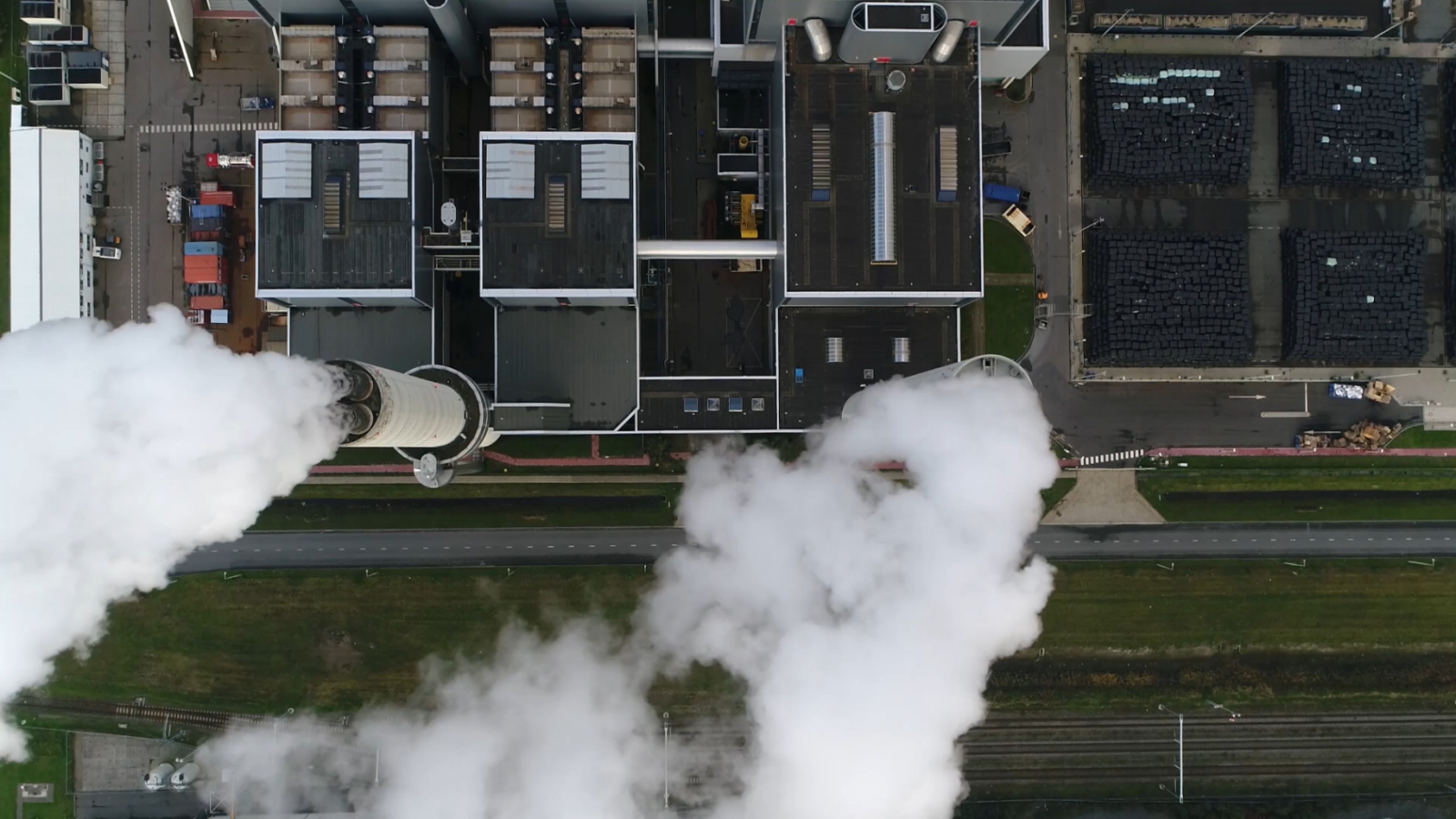
Quantification and monitoring standards required to scale CCS, say investors
Private sector investment requires ‘deep understanding’ of various capture technologies.
UK scientists doubt whether Carbon Capture and Storage (CCS) technologies will be scaled in time to meet net-zero targets, according to a poll of attendees of a Greenhouse Gas Removal Hub event held in London in May.
Attendees were asked whether they believed the targets set out by the UK government in its net-zero strategy last year – which include the engineered removal of at least 5m tonnes of CO2 by 2030 and the planting of 30,000 hectares of forest every year – were achievable. Fifty-seven percent responded they were not confident these targets would be met, while up to a quarter said they were “quite confident” and 11% said there was no chance.
Current state
It is widely accepted that CCS is an existing and proven technology. But, according to Kash Burchett, CCS lead at London-based think tank the Energy Transition Commission (ETC), technology readiness varies substantially. Broadly speaking, he explains, there is a correlation between technology types and sectors: “Fossil fuel processing is relatively mature, as are hydrogen production and power generation.”
“Capture technologies linked with sectors like cement and high-value chemicals are more likely to take off in 2030. They are not necessarily at commercial stage yet. Sectors like iron and steel, which harness direct air capture, are still pretty nascent, but they are expected to account for much of the ramp up in growth in the 2040s.”
Last year, the US Infrastructure Investment and Jobs Act oversaw the provision of nearly $12bn in CCS project investment.
In the US, companies involved in CCS can also access a credit per metric ton of CO2 captured, which was raised to $50 per tonne in 2018.
Last year, 40 million tonnes of carbon was captured by existing CCS projects. That number would need to increase 40 times by 2030 for the world to be on track to reach net-zero emissions.
Issues
All scenarios mapped out by the Intergovernmental Panel on Climate Change (IPCC) for limiting warming to 1.5°C above pre-industrial levels, rely on removing CO2 from the Earth’s atmosphere.
While most experts agree that capture will play a role in decarbonising the oil and gas sectors, and that these sectors have both the capability to acquire stores and physically store CO2, Lorenzo Bernasconi, head of climate and environmental solutions at Lombard Odier Investment Managers (LOIM), and Rubén Lubowski, chief carbon and environmental markets strategist at LOIM, told Net Zero Investor: “Market confidence is essential for scaling CCS and this requires high quality standards.”
“Right now, there are no clear and consistent standards for quantifying and monitoring different carbon removal opportunities and comparing their environmental and social integrity and risks, including the durability of the removals.”
According to Bernasconi and Lubowski, enhancing consensus around robust carbon markets could play a “catalytic role” in driving innovation and investment.
Several Northern European countries currently operate carbon storage projects under the North Sea bed, with Norway’s Sleipner field being an example of one that has been in operation for nearly 26 years.
But in 2007, Norway failed to launch a full-scale carbon capture plant in its Mongstad refinery on its west coast, citing high costs as the reason for abandonment. The nation is thought to have spent KR6bn on the project.
A report issued by the US Government Accountability Office last year, revealed that so far, the $1.1bn invested in CCS projects in the US had led to “varying levels of success”.
For coal alone, it highlighted that the $684m invested into eight projects by the Department of Energy (DOE) had resulted in just one operational facility.
Partner at US law firm Hunton Andrews Kurth, Frederick Eames, told NZI that while carbon capture is making a difference in the US today, its benefits must be further acknowledged by lawmakers, investors and the wider energy sector: “As a country we have been injecting CO2 in the subsurface for oil production for 50 years now, and are now at a stage when enhanced oil recovery (EOR) can actually result in carbon negative fuel.”
EOR is a controversial practice used to extend the lifeline of exhausted oil fields by pumping CO2 into old wells.
Investor role
A report published in May by London-based financial think tank, Carbon Tracker, suggested oil and gas firms were putting significant amounts of investor capital at risk with their emissions plans, as their trajectories for reducing Co2 emissions relied too heavily on “technologies that are expensive and unproven at scale.”
According to Burchett, what is important is that institutional investors are comfortable making these investments.
“There is a clear role for financial players here. The scale of the investment is massive but it’s not so big that it cannot be done,” he said. “The vast majority of capital deployed to boost capture capacity will come from the private sector and that requires deep understanding of the various technologies from lending institutions in order to start mobilising.”




